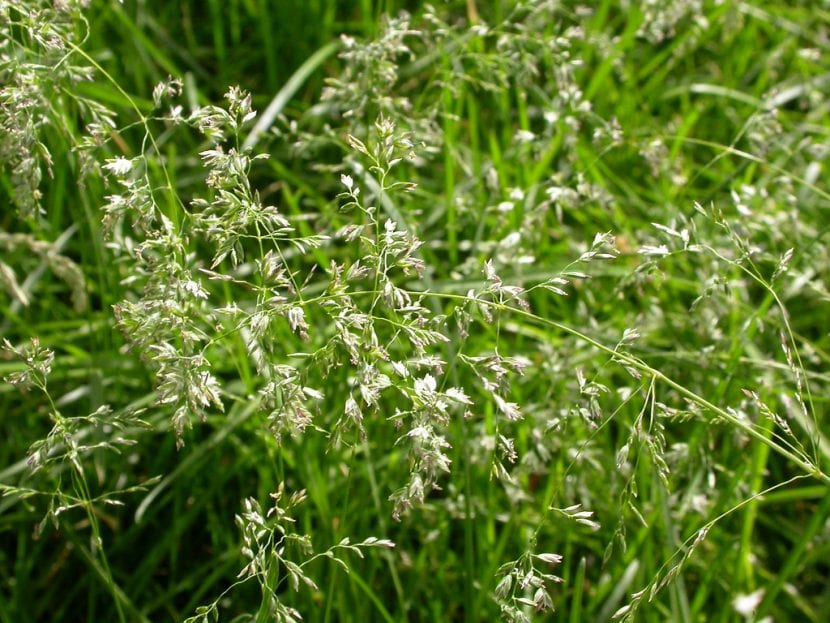
Image - Flickr / Matt Lavin
La Kentucky bluegrass it is a very interesting grass. With it you can have a spectacular lawn, since it resists footfalls well and does not require much maintenance. Also, if you have horses you can let them roam the area where you grow it: they will surely enjoy it!
Maintenance is not complicated, being able to live in a wide variety of climates smoothly.
Origin and characteristics of Kentucky bluegrass
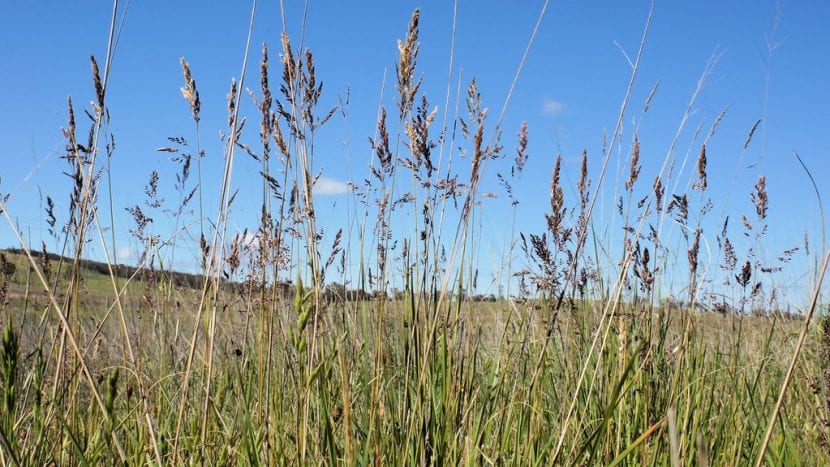
Image - Flickr / Macleay Grass Man
Known as spikelet, Kentucky bluegrass, meadow grass, meadow grass, common poa or poa grass, it is a perennial grass native to Europe, North Asia, and Morocco. Reaches a height of 30 to 60 centimeters, rarely 90cm, and produces slightly rough linear leaves 20cm long by 3-5mm wide. The flowers are grouped in spikelets - hence their name - 10 to 20cm long.
It is a rhizomatous plant, which also develops serpents (root shoots), which is why it spreads rapidly.
How is its cultivation like grass?
If you dare to cultivate Kentucky bluegrass in your garden, we recommend taking the following into account:
Location
It is important to be in an area exposed to direct sunlight, ideally receiving a minimum of 6 hours of light a day.
Earth
Before sowing the seeds, you have to prepare the ground. This must have a pH between 6.5 and 7, which means that it must be neutral or slightly alkaline. Likewise, all the stones that are there must be removed (the smallest, 1-2mm can be left, but it is better to remove them also so that there is no risk of hurting ourselves if tomorrow we want to go without shoes on the grass ), having previously removed the soil with a rototiller.
Once that work is done, you have to pay. We will put a thick layer, about 5-7cm, of organic compost, such as cow manure, and mix well with a rake while leveling the ground. On this point, let me tell you something: do not become obsessed with having a perfectly level floor, because perfection as such does not exist, and apart ... there would not be as natural as it could be.
Finally, it remains to install the irrigation system, which must be drip.
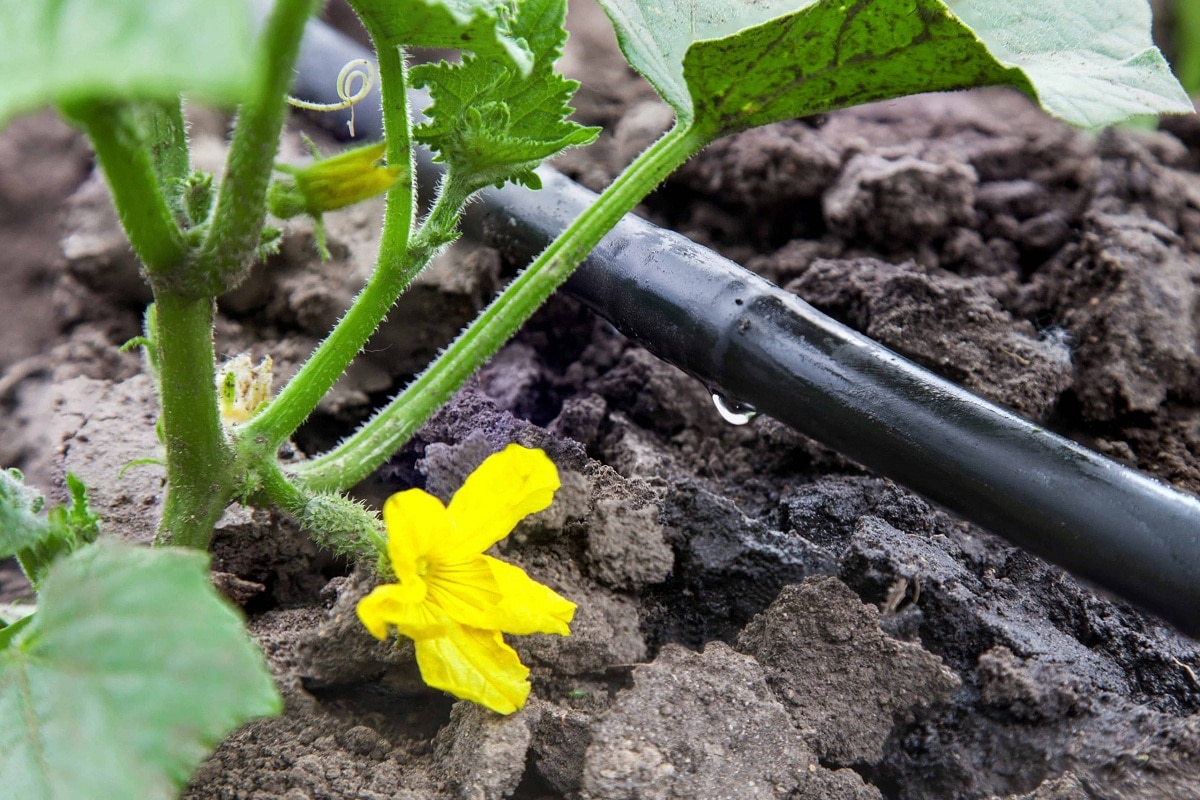
Siembra
Unless the grass is going to be very big, sowing is done by hand and a bit random making sure there are no piles left. The most recommended time for this is in spring, when the minimum temperature remains above 15 degrees Celsius.
As soon as they are sown, it is advisable to roll over and start the irrigation system so that they germinate as soon as possible, something that will begin to occur in about 3-5 days.
Maintenance
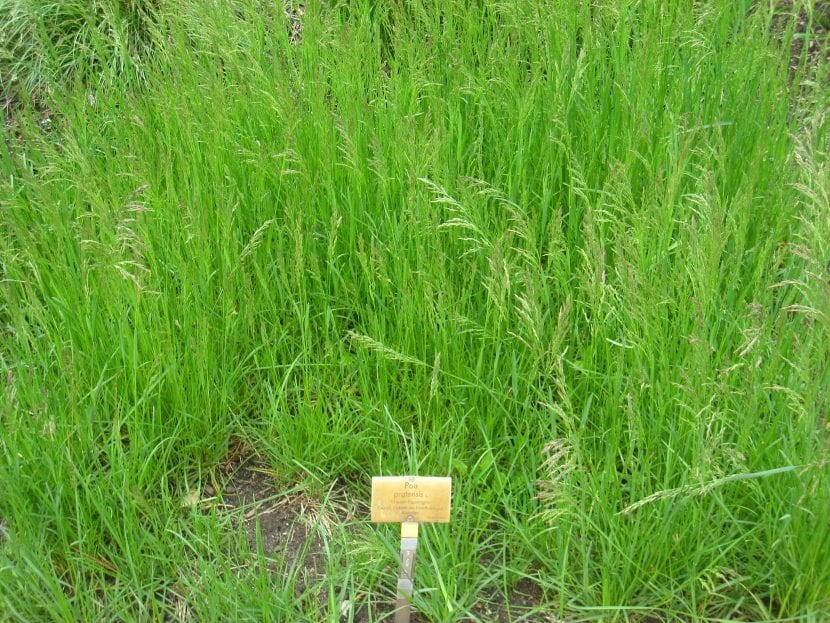
Lawn maintenance Kentucky bluegrass is:
- Irrigation: it will depend on the climate, but it must be moderate to frequent.
- Subscriber: during the first year it will not be necessary, but from the second it is advisable to fertilize with lawn fertilizers (for sale here) following the instructions specified on the package.
- Mowing: Due to its rapid growth, you will have to go through the mower once every 15 days in spring and summer if you want it short, or every 20-24 days if you want it somewhat higher. The rest of the year once a month or a month and a half.
If you need to buy one, click here to see our selection of the best models. - Reseed: If it is well cared for, you will not have to do any reseeding. But if you see that you have bald areas, do it in spring or summer.
Management
It can be affected by fungi of the roya, mildew y fusarium. If you see its leaves appear with bumps or orange, whitish or grayish spots, treat it with a copper-based fungicide once a week until the disease subsides.
Rusticity
La Kentucky bluegrass It is an herb that resists frosts of up to -8ºC. It also tolerates footfalls, making it one of the most interesting options to use as a lawn garden.
What uses is it given?
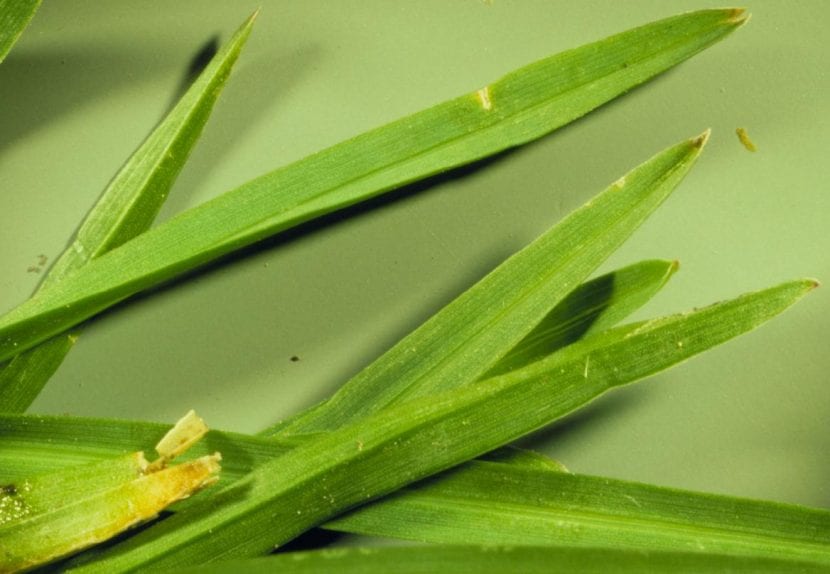
Image - Wikimedia / Matt Lavin
Ornamental like grass
It is undoubtedly the most widespread use. It grows well in areas where the climate is warm, but it is not harmed by frost. Its maintenance, as we have seen, is not very complicated, since with more or less frequent or moderate watering and a regular supply of fertilizer, it will be very healthy.
It is a species widely used on golf courses and other sports (football, rugby, etc.) where the trampling is intense, as well as in parks and, of course, in gardens.
As fodder for animals
Specifically, it is good for sheep, cattle and horses. Its nutritional quality is very high, and it also regrows with extraordinary rapidity. So don't hesitate to cultivate Kentucky bluegrass if you have any of these animals.
Enjoy your spikelet 🙂.
Good day,
Do you sell poa pratensis seeds? Or can you recommend a website or store that sells? I am looking to buy five kilos.
Thanks for your attention,
Mark A Ellis
Dr. Mark A. Ellis
Mark A. Ellis, Ph.D.
Professor of Theology and New Testament
Emeritus Missionary, IMB / SBC
Good Morning.
We do not sell seeds, but you will surely find them for sale on online sites like ebay.
Greetings.